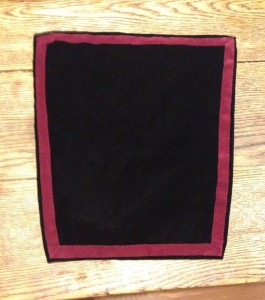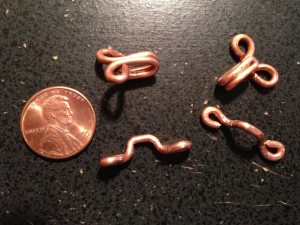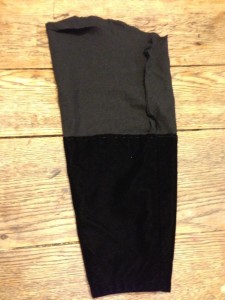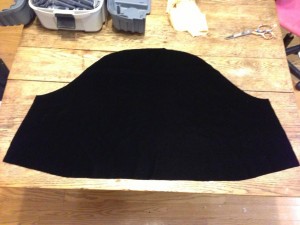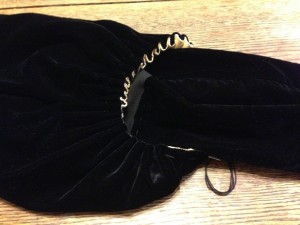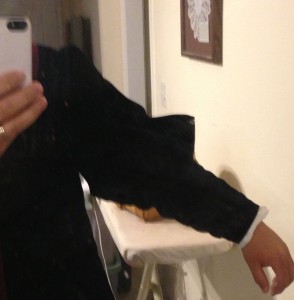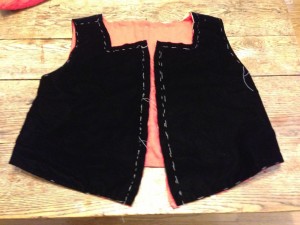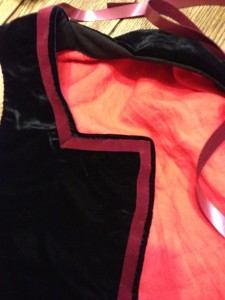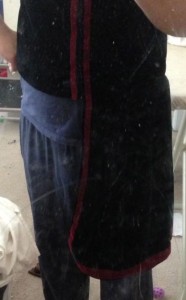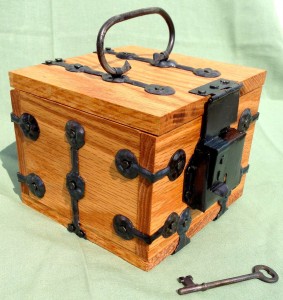During a recent discussion about Chivalry, I looked up a list of Chivalric Virtues. Most of them are fairly self explanatory, or at least easy enough to understand once defined. One that crops up often, yet is variously and vaguely defined, is Franchise. It is often said to encompass freedom of action, noble bearing, or exemplifying the other virtues, but what does this mean in practical terms? How can it be put into practice in a way that is useful in the real world?
It can be hard for a modern person to feel comfortable emulating the Medieval notion of Franchise, couched as it often is in terms of nobility and gentle birth. Our egalitarian conditioning shies away from this sort of thinking. But in the SCA we have titles, awards, offices, and Peerages, which are bestowed upon us in recognition of our nature and our deeds. I think that perhaps Franchise is the ability to accept and take ownership of the station to which one has been raised, gracefully and without false modesty. In this way it is the opposite of impostor syndrome, and thus lends the aforementioned “noble bearing” to one’s actions and demeanor. A sword must be gripped with conviction to strike a telling blow.
This interpretation of Franchise must, of course, be tempered by Humility, just as Prowess is tempered by Compassion, and Courage by Prudence. These are not opposing notions, but complementary to each other. Chivalry is not defined by one Virtue alone, but all of them together and in balance.

